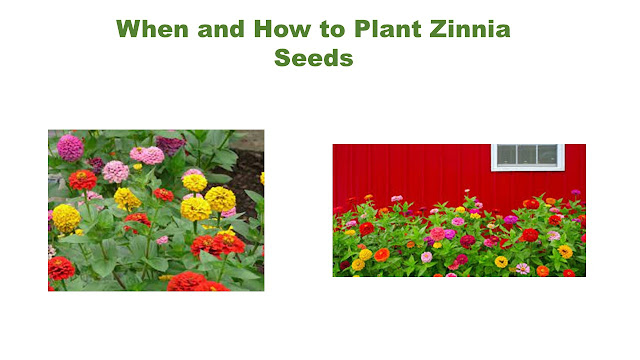how to plant zinnia seeds
You can count on this favorite garden flower to come back next year. But are zinnias perennial? Here's the scoop. Wondering if zinnias are perennials that don't require repotting next year? There are actually several varieties of these colorful flowers, all in the Zinnia genus, including perennials and annuals. However, the most popular for gardens is the common or elegant zinnia (Zinnia elegans). It has been extensively bred and hybridized to produce hundreds of dazzling varieties to choose from. These plants are annuals, but some perennial zinnias deserve a place in your garden.
Perennial zinnias
Some zinnias native to the American Southwest are perennials, the best known being Zinnia grandiflora, which goes by many common names such as plains zinnia or Rocky Mountain zinnia. This type of zinnia is hardy in USDA zones 4-9 and is not unlike its better-known annual cousin. Plains Zinnia is a low-mounding plant with pale yellow single flowers. It grows well in drier, rockier locations and is an excellent choice for a rock garden or path border. You can find perennial zinnia plants or seeds from a native plant dealer.
Growing zinnias from seed
Although annual zinnias won't last beyond your current growing season, they can reseed themselves if given the chance. Self-seeded hybrid zinnias won't produce identical plants to the parent plants, but you'll get new zinnias to enjoy anyway. In general, most gardeners buy and plant new seeds each spring, rather than counting on self-sowing to be successful, especially if they have specific varieties they want to grow.
Zinnias are easy to grow from seed, making great flowers for new gardeners or children. Plant the seeds in a spot with full sun — zinnias don't mind the heat — and rich, well-drained soil. They grow well in containers, especially narrow varieties.
When and How to Plant Zinnia Seeds
Zinnia seeds germinate quickly in warm soil. After your area's last frost date in the spring, once soil temperatures have warmed, plant zinnia seeds about ¼ inch deep. Zinnia seeds are thin and small, so don't worry if two fall into the same hole. If necessary, they can be thinned later. There is no "above" or "below", so leave them in. Then, cover the soil lightly and water the area slowly but deeply.
Zinnia plants can be spaced very close together. Larger varieties need a little more space: plant seeds 8-12 inches apart in rows 12 inches apart. Shorter varieties tend to be closer because the plants don't grow as large.
Keep new seedlings thriving by watering from below if you can, as zinnias are susceptible to foliar diseases such as water drop and powdery mildew. It also helps to water in the morning if possible, so warmer daytime temperatures help the splashed water dry up faster.








0 Comments